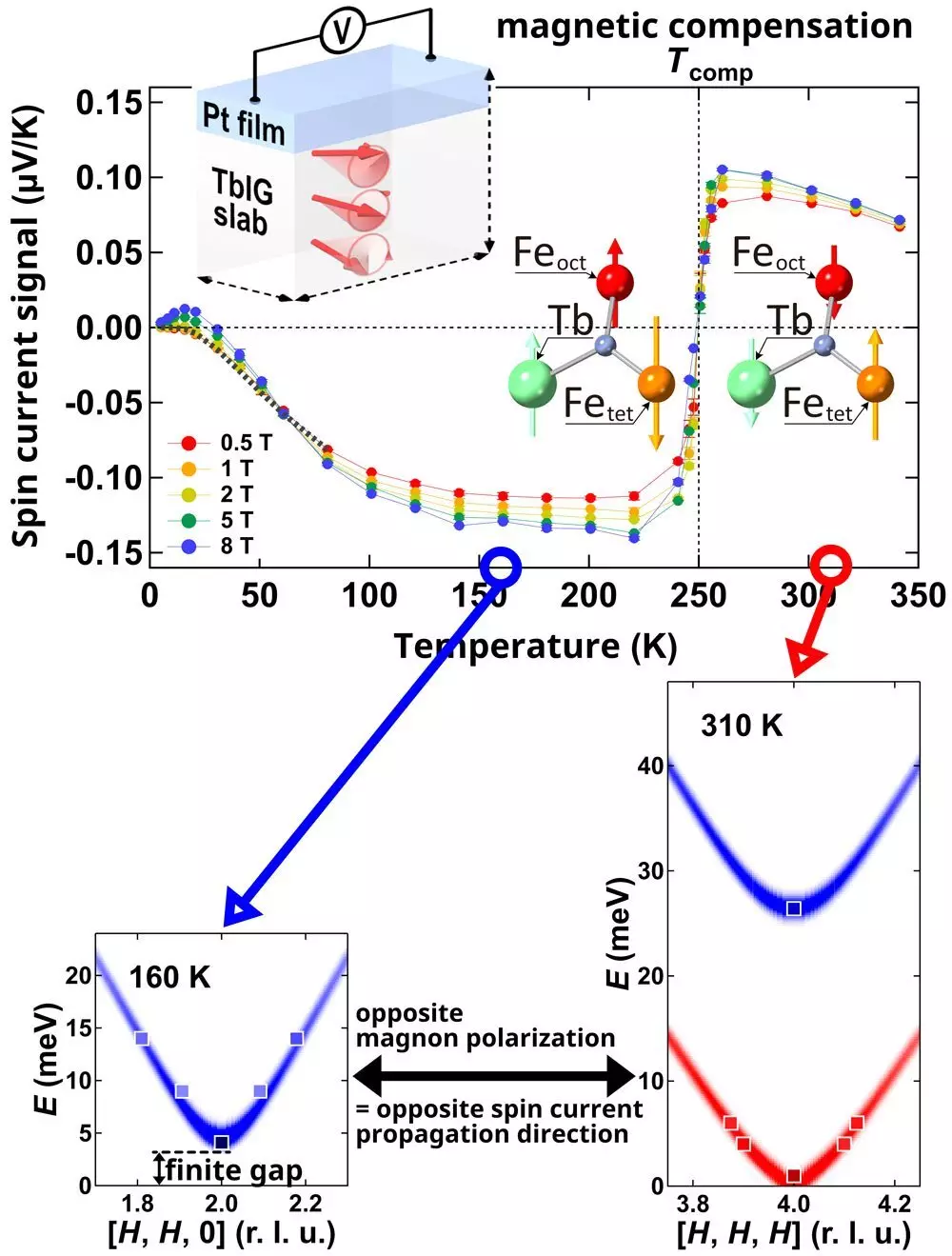Spintronics is an emerging field that has caught the attention of scientists and researchers due to its numerous potential advantages over conventional electronics. These advantages include reducing power consumption, enabling high-speed operation, providing non-volatility, and offering the potential for new functionalities. At the core of spintronics is the exploitation of the intrinsic spin of electrons, with a focus on controlling the flows of the spin degree of freedom, known as spin currents, for various applications in the future.
One of the major challenges in spintronics research is the detection of spin currents. This task is not simple and typically involves the use of macroscopic voltage measurements to observe the overall voltage changes across a material. However, a significant hurdle in this area has been the lack of understanding regarding how spin currents actually move or propagate within the material itself. This lack of knowledge has slowed down progress in the field and hindered the development of new technologies.
A recent study published in Applied Physics Letters by a team of researchers has shed light on predicting how spin current changes with temperature. Through the use of neutron scattering and voltage measurements, the researchers were able to demonstrate that the magnetic properties of a material can provide insight into the behavior of spin currents at different temperatures. Yusuke Nambu, a co-author of the paper and an associate professor at Tohoku University’s Institute for Materials Research (IMR), highlighted the importance of this discovery in advancing spintronics research.
Nambu and his colleagues discovered that the direction of the spin current signal changes at a specific magnetic temperature and decreases at lower temperatures. They also observed that the spin direction, or magnon polarization, reverses both above and below this critical magnetic temperature. This change in magnon polarization correlates with the reversal of the spin current, providing valuable insights into its propagation direction. Additionally, the researchers found that the material under study exhibited magnetic behaviors with distinct gap energies, indicating the absence of spin current carriers below the temperature associated with this gap energy.
One of the remarkable findings of the study was the temperature dependence of the spin current, which followed an exponential decay pattern consistent with the neutron scattering results. This exponential decay further underscores the importance of understanding the microscopic details in spintronics research and can potentially pave the way for developing new technologies based on spin currents. Nambu emphasized the significance of these findings in advancing the field of spintronics and reiterated the importance of delving into the microscopic mechanisms involved in spin current propagation.



Leave a Reply